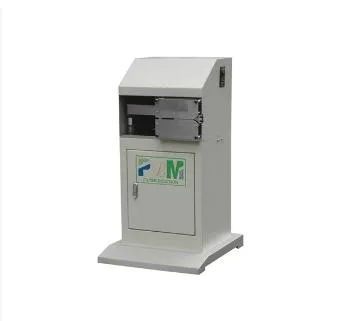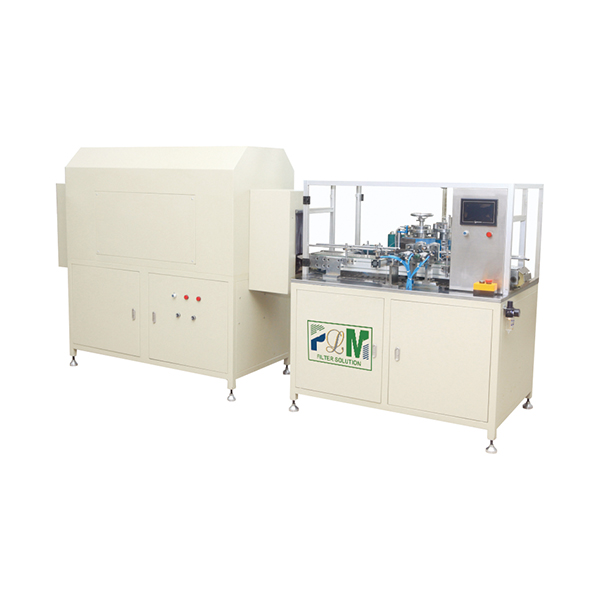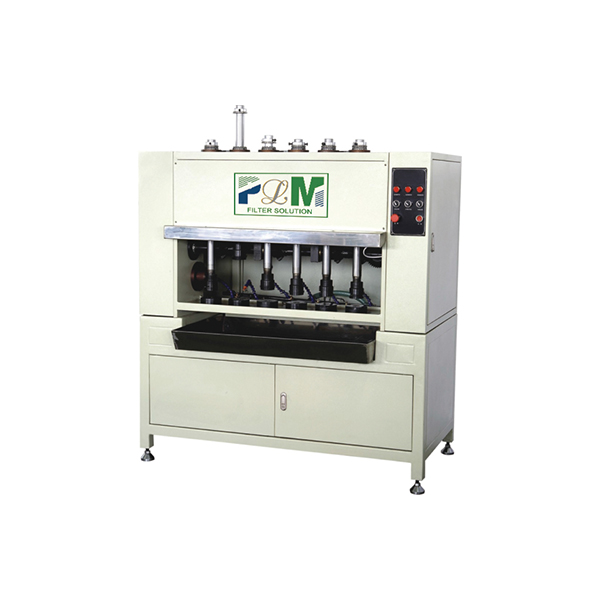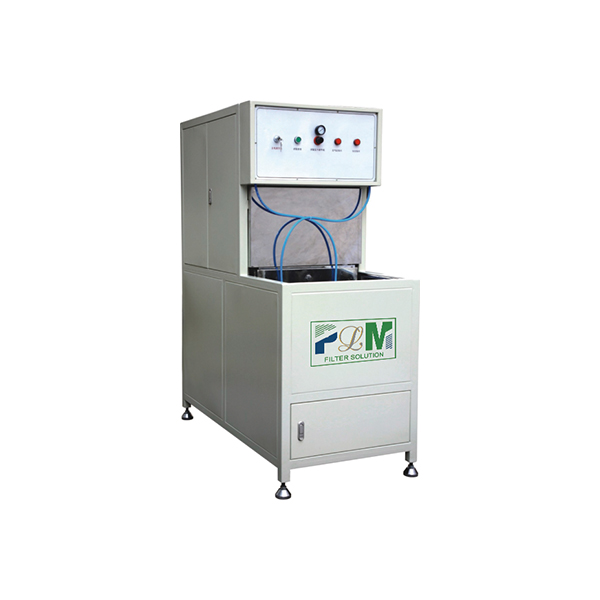
- Afrikaans
- Albanian
- Amharic
- Arabic
- Armenian
- Azerbaijani
- Basque
- Belarusian
- Bengali
- Bosnian
- Bulgarian
- Catalan
- Cebuano
- China
- China (Taiwan)
- Corsican
- Croatian
- Czech
- Danish
- Dutch
- English
- Esperanto
- Estonian
- Finnish
- French
- Frisian
- Galician
- Georgian
- German
- Greek
- Gujarati
- Haitian Creole
- hausa
- hawaiian
- Hebrew
- Hindi
- Miao
- Hungarian
- Icelandic
- igbo
- Indonesian
- irish
- Italian
- Japanese
- Javanese
- Kannada
- kazakh
- Khmer
- Rwandese
- Korean
- Kurdish
- Kyrgyz
- Lao
- Latin
- Latvian
- Lithuanian
- Luxembourgish
- Macedonian
- Malgashi
- Malay
- Malayalam
- Maltese
- Maori
- Marathi
- Mongolian
- Myanmar
- Nepali
- Norwegian
- Norwegian
- Occitan
- Pashto
- Persian
- Polish
- Portuguese
- Punjabi
- Romanian
- Russian
- Samoan
- Scottish Gaelic
- Serbian
- Sesotho
- Shona
- Sindhi
- Sinhala
- Slovak
- Slovenian
- Somali
- Spanish
- Sundanese
- Swahili
- Swedish
- Tagalog
- Tajik
- Tamil
- Tatar
- Telugu
- Thai
- Turkish
- Turkmen
- Ukrainian
- Urdu
- Uighur
- Uzbek
- Vietnamese
- Welsh
- Bantu
- Yiddish
- Yoruba
- Zulu
Aug . 05, 2025 15:16 Back to list
Spin-On Oil Filter Machine Efficiency
The modern automotive industry relies heavily on the efficiency of Spin-On Oil Filter Machines to maintain engine health and performance. These compact yet powerful filtration systems have revolutionized engine maintenance since their introduction, offering superior convenience and performance compared to traditional cartridge filters.
Understanding the efficiency factors of these filtration systems requires examining multiple aspects of their design, manufacturing, and application. The filtration media's composition, the housing's structural integrity, and the precision of internal components all contribute to overall system performance.
The manufacturing process plays an equally important role in efficiency. Advanced Spin-On Oil Filter Making Machines utilize computer-controlled pleating technology to create the intricate filter media patterns that maximize surface area while maintaining proper flow characteristics. These production systems can adjust media density and composition based on specific application requirements, allowing manufacturers to tailor products for different vehicle types and operating conditions. The result is a range of filters that balance filtration efficiency with oil flow rates to protect engines without restricting lubrication.

The Engineering Behind High-Efficiency Spin-On Oil Filter Machines
The remarkable efficiency of modern Spin-On Oil Filter Machines stems from careful engineering decisions at every stage of design and production. At the heart of these systems lies the filtration media, typically composed of synthetic fibers, cellulose, or a blend of both materials. The media undergoes precise pleating in Spin-On Oil Filter Making Machines to create maximum surface area within the compact housing. This expanded surface area allows for higher dirt-holding capacity while maintaining excellent oil flow rates, a critical factor in filtration efficiency.
Production quality significantly impacts performance, which is why leading manufacturers invest in state-of-the-art Spin-On Oil Filter Production Lines. These automated systems ensure consistent quality by controlling every aspect of the manufacturing process, from metal housing formation to final assembly. Precision welding machines create leak-proof seams, while automated testing equipment verifies each filter's flow characteristics and burst pressure before packaging. This level of quality control guarantees that every Spin-On Oil Filter Machine leaving the factory meets strict efficiency standards.
The internal design features contribute substantially to overall efficiency. Recent advancements in Spin-On Oil Filter Machine technology have introduced synthetic nanofiber media that captures smaller particles while offering greater dirt-holding capacity. Some premium filters now incorporate efficiency-enhancing features like magnetic elements to trap ferrous particles or centrifugal separation technology to remove water contamination. These innovations demonstrate how continuous improvement in both design and manufacturing processes leads to ever-higher levels of filtration efficiency.
Spin-On Oil Filter Making Machine Innovations
The efficiency of finished Spin-On Oil Filter Machines begins with the sophisticated equipment used in their manufacture. Modern Spin-On Oil Filter Making Machines represent the pinnacle of production technology, combining precision engineering with advanced automation to create consistently high-quality filters. These specialized machines perform multiple operations, from forming metal housings to assembling internal components, with tolerances measured in microns.
The assembly phase on a Spin-On Oil Filter Production Line incorporates multiple quality checks to verify efficiency parameters. Vision systems inspect media placement and pleat consistency, while pressure testers confirm proper valve operation. Automated systems apply consistent torque during final assembly to ensure leak-proof performance without distorting components. These rigorous controls guarantee that every filter meets its specified efficiency ratings before reaching consumers.
The Role of Spin-On Oil Filter Efficiency
The comprehensive Spin-On Oil Filter Production Line represents the culmination of decades of manufacturing refinement aimed at maximizing filtration efficiency. These integrated systems combine multiple specialized stations that work in concert to transform raw materials into finished filters with consistent, high-performance characteristics. The production line approach ensures that each Spin-On Oil Filter Machine benefits from optimized processes at every stage of creation.
Initial stages of the Spin-On Oil Filter Production Line focus on metal component fabrication. Computer-controlled stamping machines form housing parts with exacting precision, while robotic welding systems create seamless joints that withstand engine vibration and pressure fluctuations.
Media handling and assembly stations represent the heart of efficiency optimization. Advanced production lines feature climate-controlled environments where filter media is conditioned to prevent moisture absorption that could affect performance. Automated systems precisely position and secure the media within housings, maintaining critical alignment that ensures uniform oil flow across the entire surface area. Some high-end Spin-On Oil Filter Production Lines even incorporate real-time X-ray inspection to verify internal component placement before final assembly.
Final testing procedures on modern production lines go beyond simple leak checks. Sophisticated test stands measure actual filtration efficiency by passing oil with standardized contaminant loads through sample filters from each production batch. Flow rate testing under various temperature conditions ensures the filters will maintain proper oil circulation in real-world applications. These comprehensive quality assurance measures guarantee that the efficiency specifications claimed for Spin-On Oil Filter Machines are consistently achieved in practice.
FAQs About Spin-On Oil Filter Efficiency
What determines the efficiency rating of a Spin-On Oil Filter Machine?
The efficiency rating of a Spin-On Oil Filter Machine is primarily determined by its ability to capture contaminants of specific sizes, expressed as a percentage. This rating comes from standardized testing that measures how well the filter removes particles at various micron levels. Manufacturers use sophisticated Spin-On Oil Filter Making Machines to precisely control these variables during production.
How does the Spin-On Oil Filter Production Line ensure consistent efficiency?
Modern Spin-On Oil Filter Production Lines incorporate multiple quality control checkpoints that monitor critical efficiency factors throughout manufacturing. Automated vision systems inspect media pleating consistency, while flow testers verify proper oil circulation characteristics. Statistical process control methods analyze production data to identify and correct any deviations that might affect filter performance. This comprehensive approach ensures every Spin-On Oil Filter Machine meets its designed efficiency specifications.
Can a Spin-On Oil Filter Machine lose efficiency over time?
All oil filters experience gradual efficiency reduction as they accumulate contaminants, which is why regular replacement is necessary. However, high-quality Spin-On Oil Filter Machines are designed to maintain stable efficiency throughout their service life rather than experiencing sudden performance drops. The advanced media materials used in premium filters resist clogging while continuing to capture smaller particles even as they load with dirt.
Why do some Spin-On Oil Filter Machines have different efficiency ratings for various particle sizes?
This multi-stage efficiency characteristic results from sophisticated media designs created by precision Spin-On Oil Filter Making Machines. Many modern filters use gradient density media that captures larger particles near the outer layers while trapping progressively smaller contaminants toward the center. This design approach maximizes dirt-holding capacity without sacrificing fine filtration capability, representing a significant advancement in Spin-On Oil Filter Machine technology.
How do I know if my Spin-On Oil Filter Machine is operating at peak efficiency?
While some efficiency loss is normal as the filter performs its job, significant drops in performance often manifest through symptoms like reduced oil pressure, increased engine noise, or dirty oil on the dipstick.
If you are interested, you can come and consult us.Don't waste your precious waiting time.
active carbon air filter for air purifier – Odor/VOC Control
NewsNov.17,2025Replacement Dyson Carbon HEPA Air Filter – High Efficiency
NewsNov.17,2025Active Carbon Air Filter for Air Purifier | High Adsorption
NewsNov.17,2025Active Carbon Air Filter for Air Purifier | Odor & VOC Control
NewsNov.17,2025Active Carbon Air Filter for Air Purifier | Odor & VOC
NewsNov.17,2025Sintered Porous Metal Filter Tube Cup | 5 Micron, SS316L
NewsNov.11,2025





